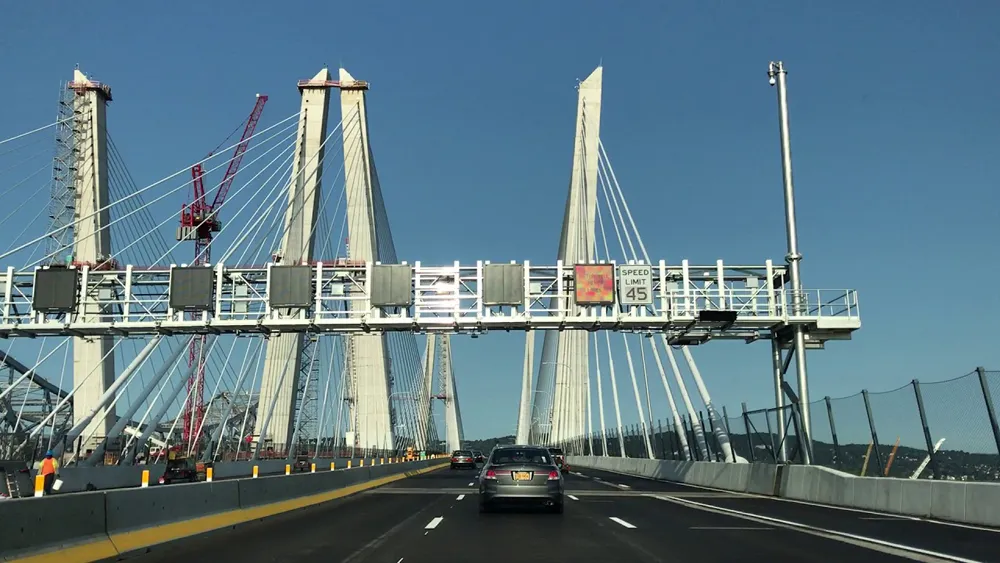Crown International has been awarded a US$547,000 (£375,000) contract by Balfour Beatty to supply and install variable height dual unit enabled PTZ (pan-tilt-zoom) masts, as part of the Smart Motorways project on the M5. The masts will be used between Junctions 2 and 4a and will be delivered in 2016. Forty-six PTZ 15 metre masts are to be installed along the M5. Each mast will be used to mount infrared equipment and lane monitoring cameras and has been designed for roadside maintenance by a single operative
April 27, 2016
Read time: 2 mins
Forty-six PTZ 15 metre masts are to be installed along the M5. Each mast will be used to mount infrared equipment and lane monitoring cameras and has been designed for roadside maintenance by a single operative, reducing the need for costly lane closures and improving safety for maintenance workers.
Crown says the mast has several unique features designed to provide greater reliability of operation than traditional equipment. The integrated cable management system means cables remain in place when the platform is lowered or raised for maintenance, eliminating the need to disconnect wires or power supplies. It also features a fully-integrated winch and braking system, meaning it can be maintained by a single maintenance worker, thereby reducing operating costs.








